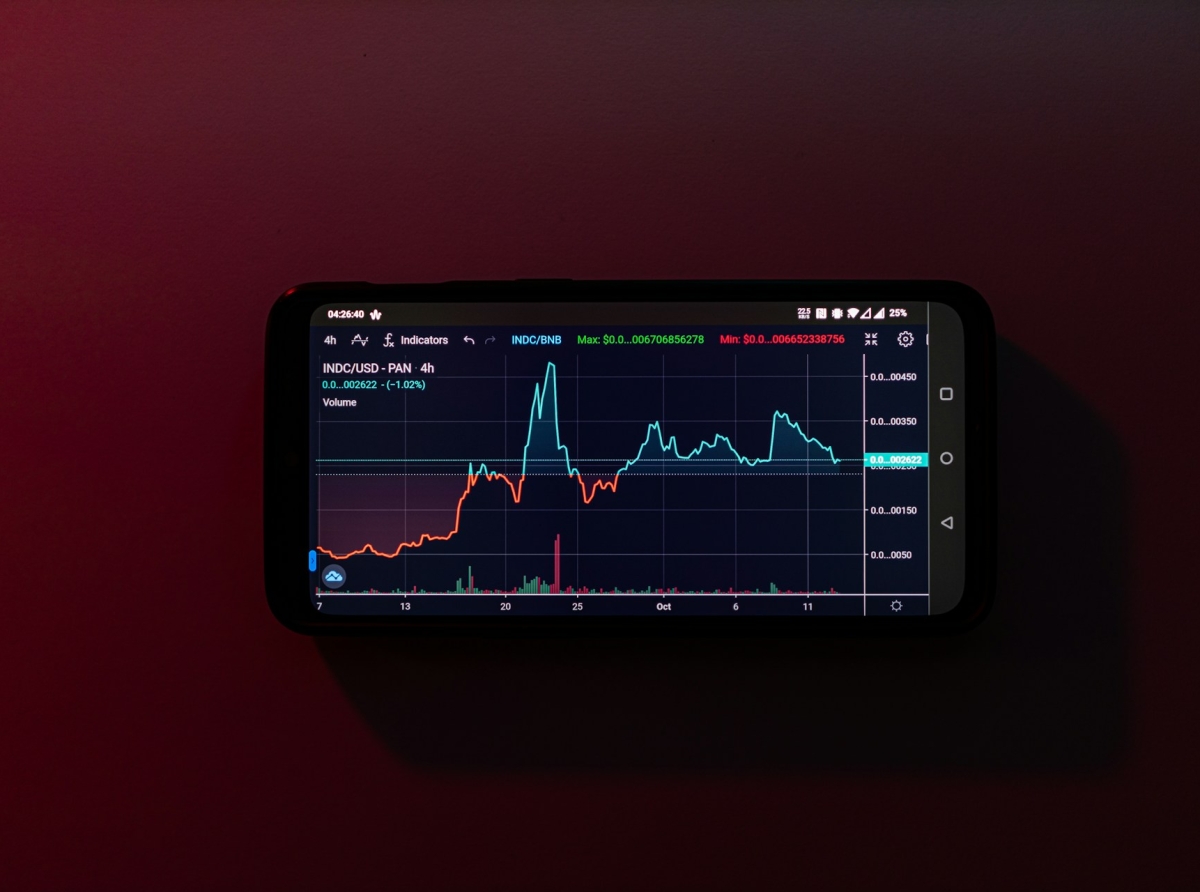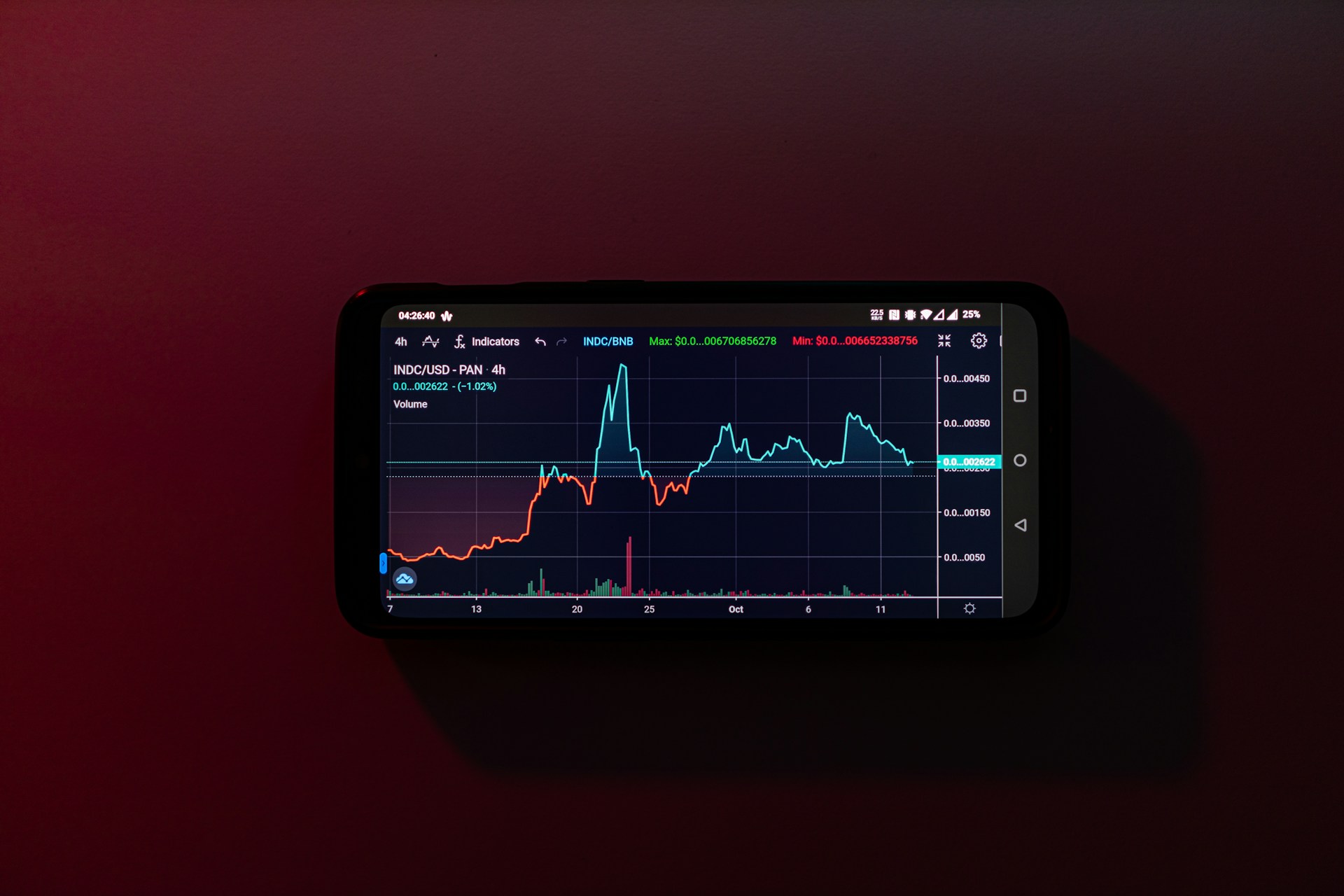Cryptocurrency: Optimal Leverage for Highly Profitable Trading

Cryptocurrency: Optimal Leverage for Highly Profitable Trading
Cryptocurrency trading has captured the imagination of investors around the globe, largely due to its significant volatility and potential for high returns. Leverage, a tool that allows traders to amplify their exposure to the market with a relatively small amount of invested capital, can be an attractive feature in this dynamic landscape. However, with the potential for magnified profits comes proportionately heightened risks. Understanding how leverage works in cryptocurrency trading is vital for any trader looking to navigate this high-stakes environment effectively.

Cryptocurrency: Optimal Leverage for Highly Profitable Trading
Understanding Leverage Ratios and Their Impact on Trading
Leverage in cryptocurrency trading is expressed as a ratio, such as 2:1, 10:1, or even 100:1, indicating how much more than their actual deposit a trader can control. For example, with a leverage of 10:1, you can place trades worth ten times your initial investment. This means that if the market moves in your favor by just 1%, you could potentially earn a return of 10% on your equity.Exchanges offer varying levels of leverage; some limit ratios to modest amounts to protect traders from overexposure, while others offer extremely high leverage to entice aggressive traders seeking maximum gains.
However, it’s crucial to understand that while leverage multiplies gains when the market trends favorably, it also exacerbates losses during downturns. A small adverse movement in price can result in significant losses, potentially wiping out an entire trading account.
Strategies for Choosing Optimal Leverage
Selecting the optimal level of leverage is not a one-size-fits-all decision. It involves careful consideration of various factors:Market Volatility: Highly volatile markets can make high-leverage strategies extremely risky.
Risk Tolerance: Individual appetite for risk should dictate how much leverage to employ.
Trading Experience: Experienced traders might navigate high leverage more effectively than novices.
Traders should also align their leverage with their trading objectives:
Short-term Traders (day traders or scalpers) might opt for higher leverage due to their frequent entry and exit points.
Long-term Traders usually prefer less leverage as they’re exposed to market movements for longer periods.
Risk Management Techniques When Using Leverage
Risk management is essential when using leveraged instruments:Stop-loss Orders: These allow traders to set maximum loss levels on trades, ensuring automatic closure before losses deepen.
Position Sizing: Carefully deciding how much capital to allocate per trade reduces exposure.
Diversification: Spreading investments across different assets can mitigate risks associated with individual investments.
Adhering strictly to these risk management tools helps maintain portfolio health and prevents detrimental emotional decision-making during market upheaval.
Conclusion
While leveraging in cryptocurrency trading offers a path towards amplified profits, it must be handled with caution and respect due to its dual nature - amplifying both gains and losses. The key is finding a balance between leveraging enough to achieve meaningful profitability while using risk management strategies rigorously enough to survive the inevitable downswings. In doing so, traders can harness the power of optimal leverage without falling prey to its pitfalls.
Cryptocurrency, Leverage, Trading, Risk Management, Profitability
While leveraging in cryptocurrency trading offers a path towards amplified profits, it must be handled with caution and respect due to its dual nature - amplifying both gains and losses. The key is finding a balance between leveraging enough to achieve meaningful profitability while using risk management strategies rigorously enough to survive the inevitable downswings. In doing so, traders can harness the power of optimal leverage without falling prey to its pitfalls.
Cryptocurrency, Leverage, Trading, Risk Management, Profitability














Report
My comments